
The first part of an end-of-the-year review of LCGC International’s editorial coverage of HPLC 2025, which took place in Bruges from 19–23 June 2025 .

The first part of an end-of-the-year review of LCGC International’s editorial coverage of HPLC 2025, which took place in Bruges from 19–23 June 2025 .
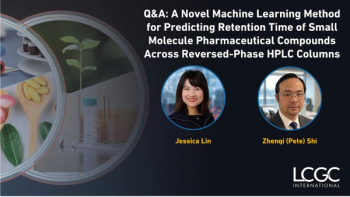
Jessica Lin and Zhenqi (Pete) Shi from Genentech describe a novel machine learning approach to predicting retention times for small molecule pharmaceutical compounds across reversed-phase high performance liquid chromatography (HPLC) columns.

Discover the 2026 HTC Innovation Award, recognizing groundbreaking contributions in separation science and hyphenated techniques by emerging scientists.

Laura Carbonell-Rozas, a post-doctoral researcher at the University of Granada (Granada, Spain), discusses the potential of natural deep eutectic solvents (NADES) in food analysis as sustainable solvents in sample preparation.

LCGC International and the HTC-19 Scientific Committee celebrate innovation in separation science with the 2026 HTC Innovation Award. Previous winners include Bob Pirok, Szabolcs Fekete, Ryan Kelly and Caroline Huhn.

Torgny Fornstedt, Jörgen Samuelsson, and Martin Enmark discuss a novel machine learning workflow for oligonucleotide analysis that is helping to enhance method development and impurity profiling efficiency.
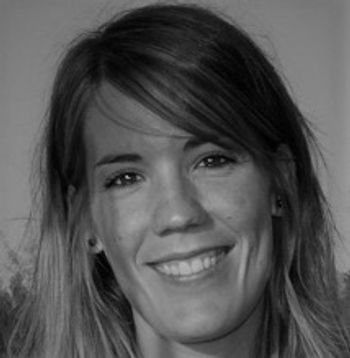
Discover innovative LC–HRMS methods for analyzing RNA-based therapeutics, enhancing biopharma development and regulatory compliance in drug characterization.

Recent developments in lipidomics and metabolomics have highlighted persistent challenges in data processing, statistical analysis, and visualization—areas that often hinder reproducibility, transparency, and accessibility within the field. A newly published guideline addresses these issues by presenting a comprehensive, code-based framework for the statistical treatment and graphical representation of omics data using R and Python. LCGC International spoke to Michal Holcapek and Jakub Idkowiak about the rationale behind this research and the benefits it offers separation scientists.

A global team led by Michal Holčapek, professor of analytical chemistry at the Faculty of Chemical Technology, UPCE, Pardubice (Czech Republic), and Jakub Idkowiak, a research associate from KU Leuven (Belgium), has unveiled a powerful R and Python-based toolkit for tackling the complexities of lipidomics and metabolomics data, offering researchers a new approach for “omics” analysis.
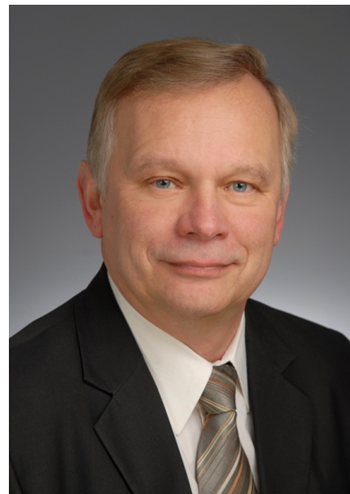
Joachim Weiss is a pioneer in the true meaning of the word in the world of ion chromatography (IC). In this in-depth interview, Joachim offers his insights into the past, present, and future of the technique.

Joachim Weiss is a pioneer in the true meaning of the word in the world of ion chromatography (IC). In this in-depth interview, Joachim offers his insights into the past, present, and future of the technique.

Brett Paull, a recognized expert in the field of ion chromatography (IC) discusses the past, present, and future of the technique, and questions some misconceptions about the compatibility of IC with mass spectrometry.

Chris Pohl, a recognized and respected contributor to the evolution of ion chromatography and recipient of LGCC International’s Lifetime Achievement Award, discusses the past, present, and future of ion chromatography (IC).

In the first in a series of interviews to celebrate the 50-year anniversary of ion chromatography (IC), Joachim Weiss, Chris Pohl, and Brett Paul offer advice to chromatographers who want to specialize in this branch of separation science.
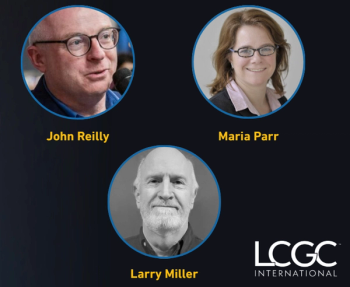
SFC Europe 2025—the 19th International Conference on Packed Column Supercritical Fluid Chromatography and Related Techniques—will be held in Basel, Switzerland, on October 5–7, 2025. LCGC International spoke to John Reilly, Maria Kristina Parr, and Larry Miller about the application of supercritical fluid chromatography (SFC) outside the life sciences, and the sustainability credentials of the technique.

SFC Europe 2025—the 19th International Conference on Packed Column Supercritical Fluid Chromatography and Related Techniques—will be held in Basel, Switzerland, on October 5–7, 2025. LCGC International spoke to John Reilly, Maria Kristina Parr, and Larry Miller about the important role that SFC now plays in life science analysis

SFC Europe 2025—the 19th International Conference on Packed Column Supercritical Fluid Chromatography and Related Techniques—will be held in Basel, Switzerland, on October 5–7, 2025. LCGC International spoke to John Reilly, Maria Kristina Parr, and Larry Miller about the evolution of supercritical fluid chromatography (SFC) in terms of technology and applications.
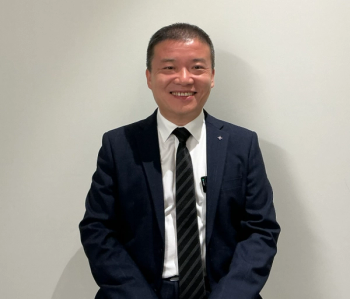
LCGC International spoke to Bo Zhang from Xiamen University in China about the advantages of stereolithographically printed 3D-printed columns that offer scope for negligible scaling-up costs, and the future opportunities and challenges for this novel technology

LCGC International spoke to Bo Zhang from Xiamen University in China about the evolution of 3D-printed column technology that could offer a new, engineered pathway for column manufacturing beyond conventional slurry packing or casting.

LCGC International spoke to Bo Zhang from Xiamen University in China about the evolution of 3D-printed column technology that could offer a new, engineered pathway for column manufacturing beyond conventional slurry packing or casting.

At HPLC 2025 in Bruges, Belgium LCGC International interviewed a member of our editorial advisory board (EAB), Paul Ferguson, a leading voice in sustainability in the pharmaceutical sector, to explore the intersection of green chemistry and emerging therapeutics.

LCGC International interviewed Professor Torgny Fornstedt, Professor in Analytical Chemistry & Leader of the Fundamental Separation Science Group at Karlstad, Sweden at HPLC 2025 in Bruges, Belgium.

LCGC International interviewed Torgny Fornstedt, Professor in Analytical Chemistry & Leader of the Fundamental Separation Science Group at Karlstad University, Sweden at HPLC 2025 in Bruges, Belgium on modern separation methods to analyse oligonucleotides.

Bo Zhang, associate professor at Xiamen University, China, spoke to LCGC International at HPLC 2025 in Bruges, Belgium, about his recent research on a novel elastic connection technology—macroporous polyacrylamide hydrogel septum (MAPS)—which was developed as a complementary solution for capillary column interfacing in liquid chromatography.

LCGC International interviewed Bob Pirok from the University of Amsterdam, Netherlands to discuss strategies for enhancing method robustness in 2D LC, practical approaches for tracking peaks across complex data sets, and the role of machine learning and AI in chromatography.
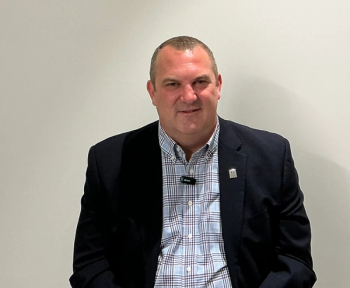
Schug discusses the role of surrogate modelling in chromatographic method development and process optimization.

Austin Dobrecevich discusses how a novel dynamic pressure gradient injection system revolutionizes high-speed gas chromatography, enhancing throughput and precision in analytical applications.

Schug discusses the application and benefits of vacuum ultraviolet (VUV) detection in gas chromatography (GC) and how advanced modern machine learning approaches can be implemented.

In this interview, Caroline West, professor at the University of Orléans and an active member of LCGC International’s editorial advisory board, discusses current perspectives on the fundamentals of SFC.

In this interview, Gesa Schad from Shimadzu Europe, Germany, discusses how SFC is being used in practice, why she launched SFC For Dummies at HPLC 2025, and how common misconceptions surrounding the robustness of SFC have been addressed some time ago.

Published: October 8th 2024 | Updated:

Published: June 16th 2025 | Updated:

Published: January 15th 2024 | Updated:

Published: November 27th 2024 | Updated:

Published: January 1st 2021 | Updated:

Published: November 4th 2021 | Updated: